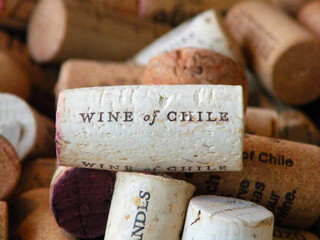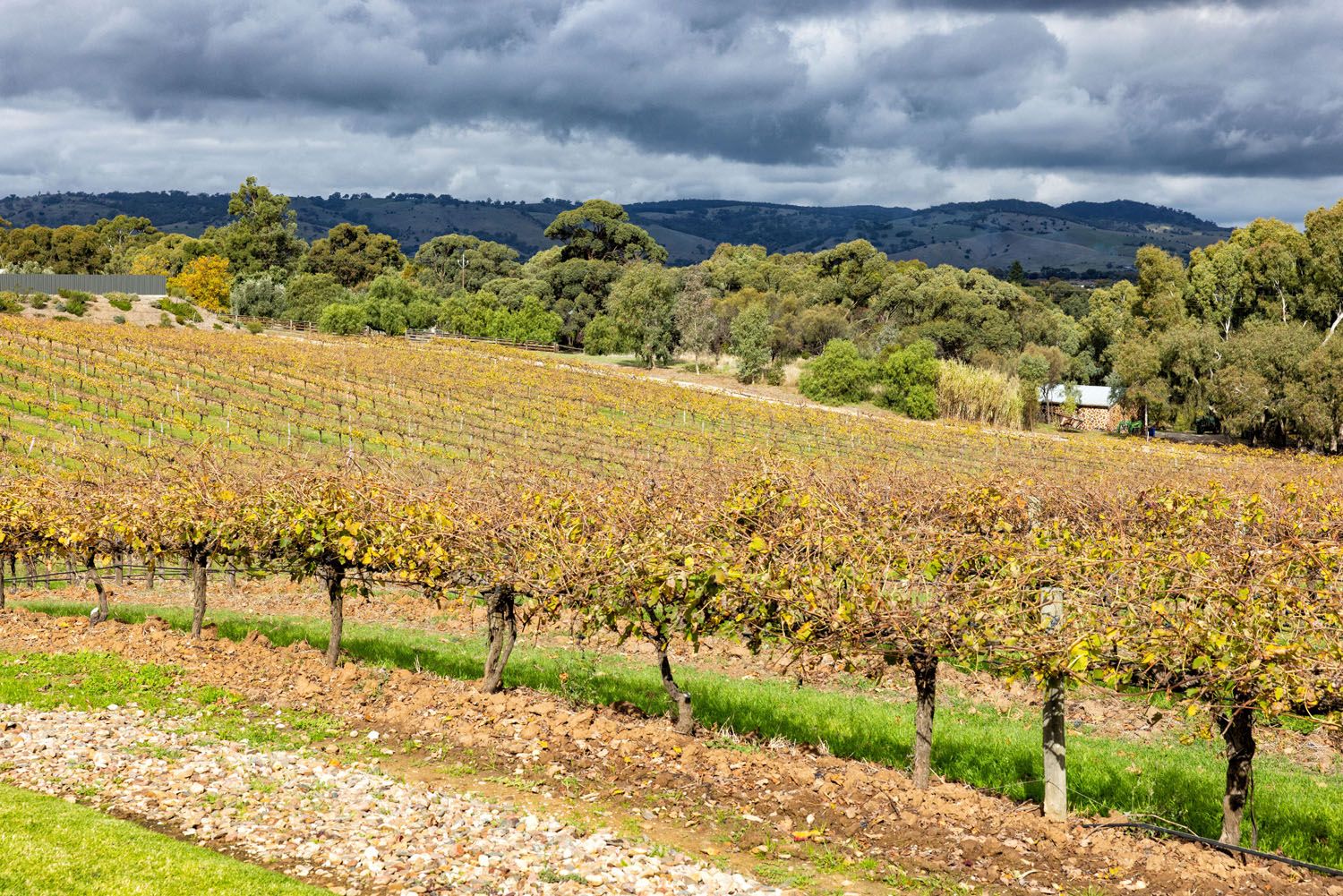
It doesn't take a Master of Wine to see the connection between Cabernet Sauvignon and the Napa Valley. The two are as intimate as Romeo and Juliet. And fans of Napa red wine need no convincing of the pairing.
Knowledgeable lovers of everything Napa are aware that the famous California valley has other wines. Fact is, Napa selections run the gamut from sparkling, dry white, other reds, to the odd sweet dessert wine.
Here, then, is a run down of Napa wines that are not Cabernet Sauvignon, but are good choices when you're "caberneted" out.
Napa Sparkling Wine. As far back as the 1950s Jack Davies of Schramsberg and Hanns Kornell of Kornell, were making sparkling wine in the Napa Valley.
It would be more than 20 years before the next chapter of Napa bubbly introduced French Champagne techniques to the valley. Moet-Hennessy opened Domaine Chandon in 1977. Then, in 1989, G.H. Mumm moved its sparkling wine facility, Domaine Mumm, from a location adjoining Sterling Vineyards, farther down the valley to a new site on the Silverado Trail.
The new producers were faithful to the French techniques and styles, using only Pinot Noir, Chardonnay and Pinot Meunier. Further, the French didn't ever claim that the Napa wines attempted to duplicate Champagne.
What to look for: Napa Valley sparkling wines have their own signature flavors, although it may take an expert to tell the difference from Champagne. Napa fizz is less expensive and perhaps leans more toward fruity with less of the yeasty character evident in Champagne. Artfully blended base wines are key to a seamless flavor that is unique to the best sparkling wine.
Dry Whites. Chardonnay and Sauvignon Blanc are the super whites of the Napa Valley. Cool climate Chardonnays come mainly from Carneros, in southern Napa Valley, with fewer in the warmer northern parts of the valley. Same for Sauvignon Blanc, although there is plenty of it in mid-valley, near Rutherford. Other whites include Riesling, mostly in higher vineyards like Spring Mountain, and a small set of other white wines like Chenin Blanc.
What to look for: Napa Chardonnay has a fruity profile, often with mineral and citrus notes and a healthy dose of spicy new French oak. Oaky styles of Napa Sauvignon Blanc, like those of the French Graves, are rare. Instead, the Napa style is more mineral laced, with a trace of tropical fruit. Rieslings are fruit forward, giving the impression of sweetness and mostly with floral and stone fruit flavors.
Other Reds. Zinfandel and Syrah are the most popular, non-Bordeaux reds. Zin from Howell Mountain and Calistoga are the best known, while Syrah comes more from Carneros and Spring Mountain.
Wineries consider both of these varietals as secondary choices; not in quality, but as backups to Cabernet Sauvignon or Pinot Noir. Availability of these wines is usually controlled by market demand and personal likes of the winemaker and/or winery owner.
Whatever the reason for Napa Zinfandel and Syrah being on a winery's list of red wines, they are good choices, especially if you like the winery's approach to making Cabernet Sauvignon or Pinot Noir.
What to look for: Zinfandel naturally has more ripe jammy fruit and higher alcohol than Cabernet, but many Napa winemakers today are making more contemporary Zins, minus the jam jar fruit and with a more balanced fruit/alcohol finish. Napa Syrah is packed with dark cherry flavors, that strikes a balance between Pinot Noir and Cabernet Sauvignon.
Sweet Desserts. Sweet wines are a tough sell, even though they are delicious on their own after a meal or at the close of the day. When matching sweet wine with dessert, the key is getting the sweetness balance right, so one doesn't overwhelm the other.
Many of these "stickies" (as the Aussies call them) are low alcohol sipping wines, like late-harvest Riesling, that stand on their own, or blend nicely with a simple dessert like fresh fruit or a slice of pound cake:
Beringer Nightingale is a noteworthy Napa choice, made in the Sauternes style, from a blend of botrytised Sauvignon and Semillon.
Grgich Hills Violetta is an unusual late-harvest blend of Sauvignon Blanc and Riesling.
Far Niente Dolce, a late harvest Semillon.
Castello di Amorosa Moscato, 100% Muscat Canelli and Simpatica, a blend of Riesling and Muscat Canelli.
Handwritten Wines 10-Year Tawny, a sweet fortified nightcap, is made in the style of a Portuguese Tawny Port.
The Napa Valley is chock-a-block with wineries, many of them with a good selection of sparkling, dry and sweet wines.
Next post: Rogue River Reds
Leave a comment at boydvino707@gmail.com
















